Personal Safety Alarms: How Do They Work & Are They Effective?
With decades of experience designing and testing protective gear, Premier Body Armor understands that choosing the right personal safety tools can make a life-saving difference.
Many gun owners, concealed-carry permit holders, and tactically minded civilians now add personal safety alarms, often called a self defense siren, to their everyday kit. These pocket-size devices claim to deter attackers with ear-splitting sound, but are personal safety alarms effective in real‐world encounters?
This article breaks down the tech, pros, cons, and best-practice tips so you can decide if a personal alarm belongs in your load-out.
What Are Personal Safety Alarms?
Let's start with the basics: what is a personal alarm? Sometimes called a “self defense siren”, it's a palm-size device that blasts 120–140 dB when you pull a pin or press a button. The sudden noise can startle an assailant, draw attention, and buy you precious seconds to get to safety.
Because they’re legal in all 50 states and require no training, they’re popular as a non-lethal self-defense add-on for runners, students, and concealed-carry users alike.
How Do Personal Alarms Work?
A modern personal safety device is as simple as it is loud. Pulling the pin or pressing the panic button completes a circuit that powers a piezoelectric siren - some hit 140 dB, louder than a jet engine flying overhead.
That’s the core answer to how do personal alarms work. Premium models add LED strobes and other features like Bluetooth to notify emergency contacts. These additional features can make your personal safety device even more helpful in emergencies.
The Advantages and Disadvantages of Personal Safety Alarms
Are personal safety alarms effective? Overall personal alarm effectiveness depends on location, bystander presence, and the user’s readiness. The devices are legal, non-lethal, and can’t be turned against you, but they can’t physically stop an attacker, and they’re less helpful in remote areas.
Benefits of Personal Alarms for Self-Defense
Independent studies by the National Crime Prevention Council show that sudden 120 dB noise increases an attacker’s flight response rate by up to 80 percent. Some even report that the alarm’s shock factor gave them the moment they needed to draw a concealed firearm or escape.
Personal alarms provide non-lethal self-defense that anyone can use, no matter how strong you are. The loud noise can quickly draw attention from people nearby, potentially scaring off an attacker.
Limitations of Personal Alarms
Key personal alarm drawbacks include dependence on fresh batteries and the hope that someone can hear the alarm. Wind, traffic, or parking-garage acoustics can muffle even a 130 dB blast. Always pair the alarm with situational awareness and, where legal, a secondary defensive tool.
Tips for Using Personal Safety Alarms Effectively
Master these personal safety tips so you actually use your personal alarm gear when it counts.
Keep Your Alarm Accessible and Ready
Always have your personal safety alarm handy. Keep it easy to reach, like on your keys or purse strap, not buried in a backpack. Regularly check the battery and test your alarm. Practice using it so you can quickly activate it if needed.
Stay Aware in Public Spaces
Even the loudest alarm can’t help if you’re ambushed unaware. Keep earbuds at half-volume and scan for exits. Being alert in public places helps you spot potential threats early. This gives you time to use your alarm before danger is too close.
For more safety tips, read our guides on How to Be Situationally Aware and Staying Safe in a Parking Garage.
Personal Safety Alarms vs Pepper Spray and Stun Guns
Pepper spray inflames eyes and lungs at 8-10 ft.; stun guns require skin contact. Both work but demand accuracy and may be restricted in some states.
Personal alarms, by contrast, create distance: no aim, no recoil, and no legal grey area. They also pair well with lethal or non-lethal tools. Activate the alarm first to disorient, then transition to pepper spray or firearm if the threat persists.
Personal Alarms for Home Defense
A personal alarm at home should complement your hard-wired security alarm, not replace it. Keep one on the nightstand: if you hear glass break, trigger the personal alarm while the main system dials 911. The siren’s chaos often pushes burglars to flee before they reach your family’s bedrooms. For layered defense ideas, see Top Tools for Home Defense.
Choosing the Right Personal Safety Alarm For You
The best personal alarm balances volume, size, and extras. Travelers might want GPS alerts; night-shift workers may value an integrated flashlight. If you need a personal safety alarm for women, look for easy-pull pins that won’t snag acrylic nails.
Marketing often highlights a personal safety alarm for women, but anyone who wants more security can benefit from adding them to their protection plan.
Conclusion
Personal safety alarms can’t replace situational awareness or, where legal, a firearm, but they’re a proven, non-lethal force multiplier. Carry one, practice with it, and fold it into a layered defense mindset.
Ready to upgrade your everyday carry? Shop our EDC collection for reliable and practical protection you can use daily.

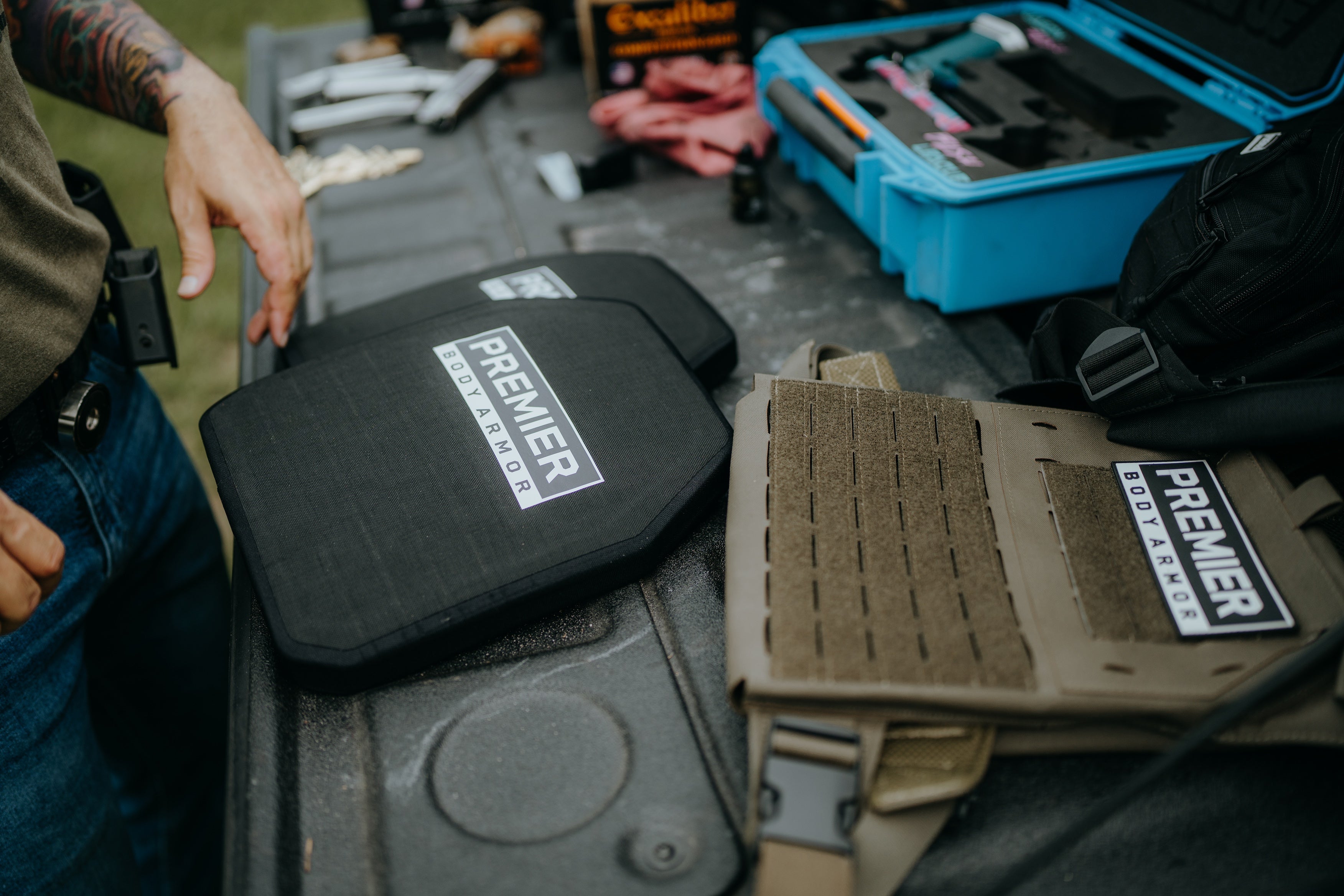
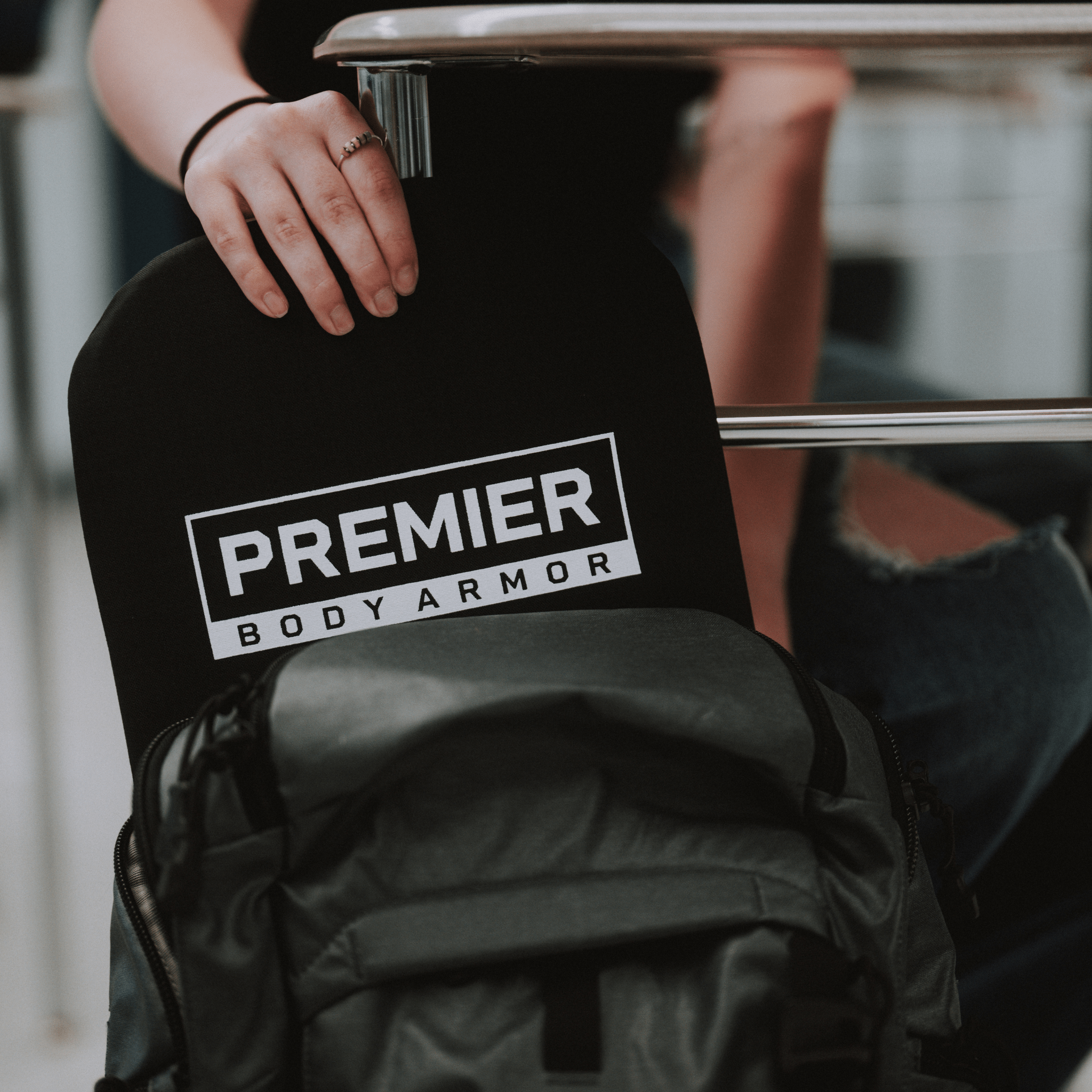
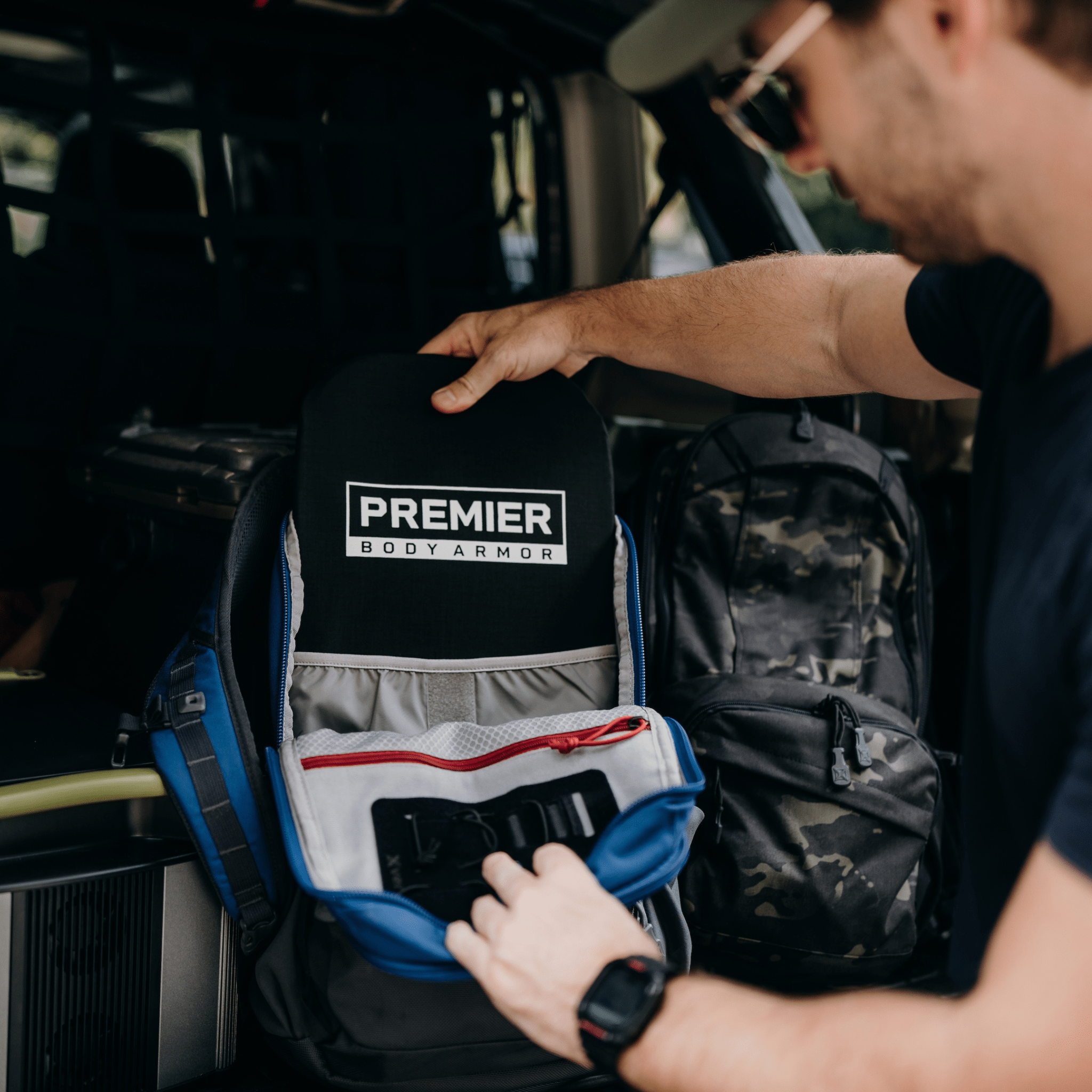
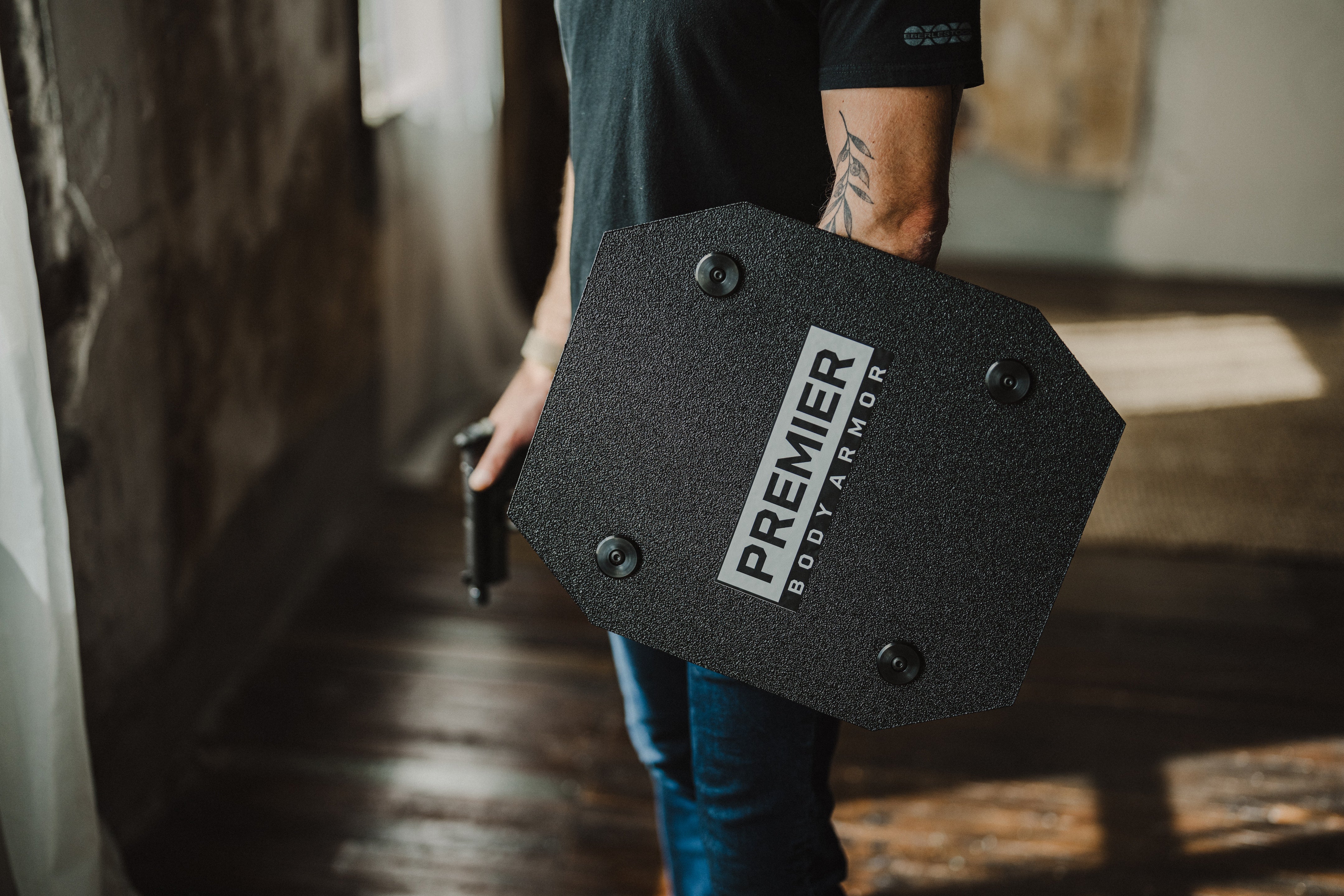


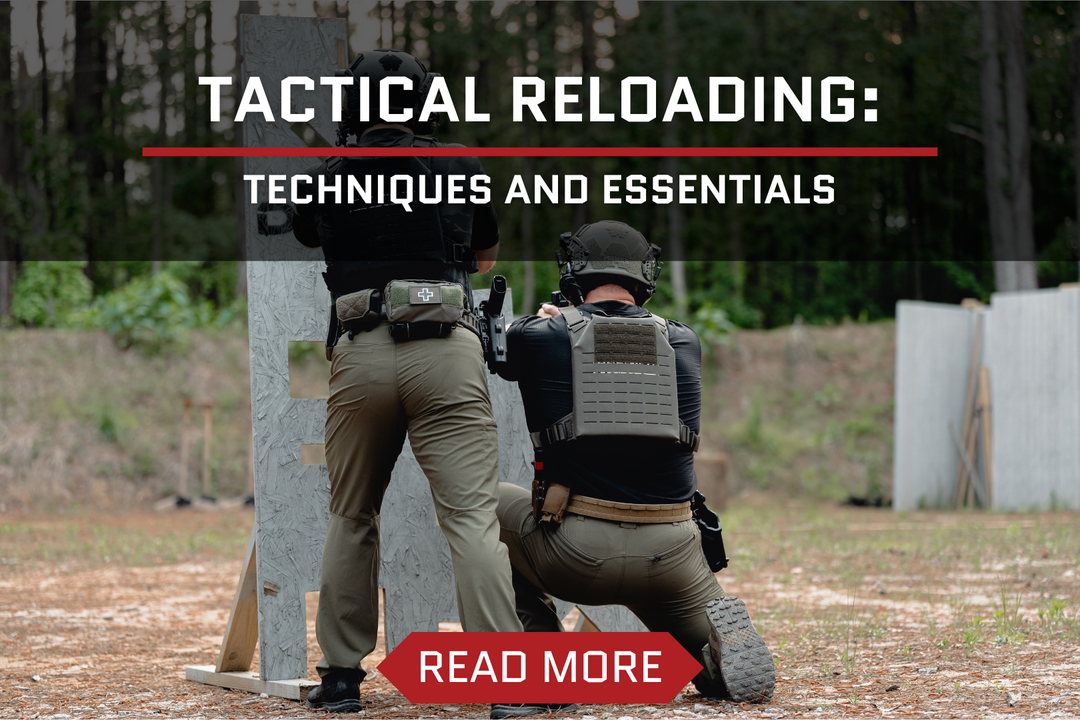

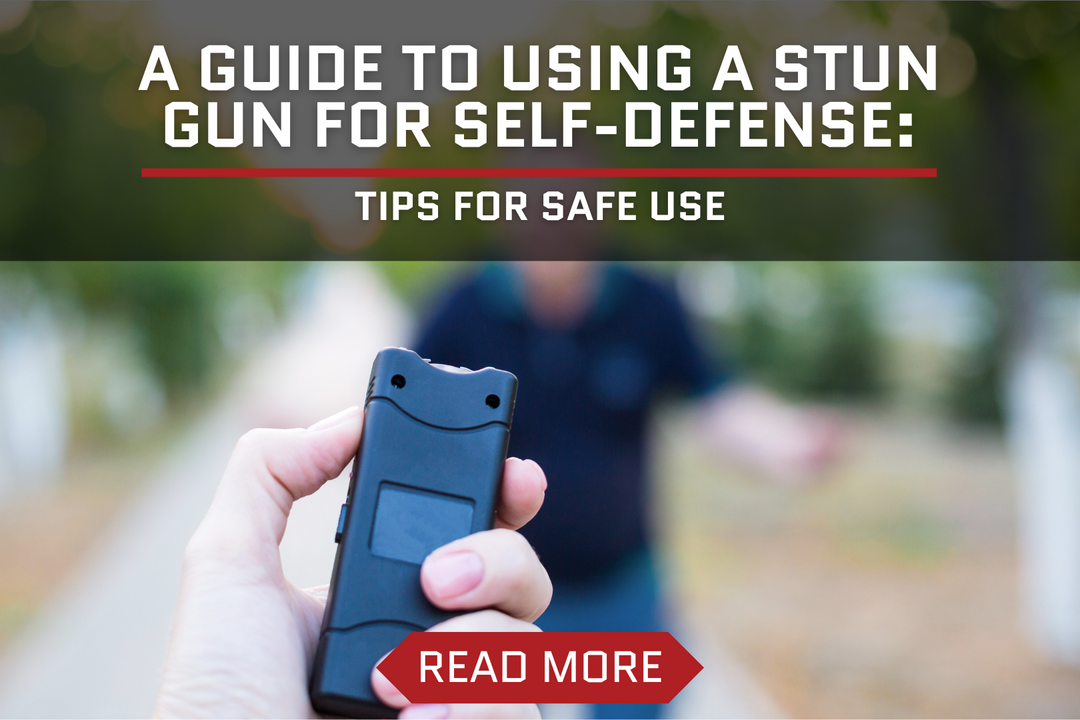
Leave a comment